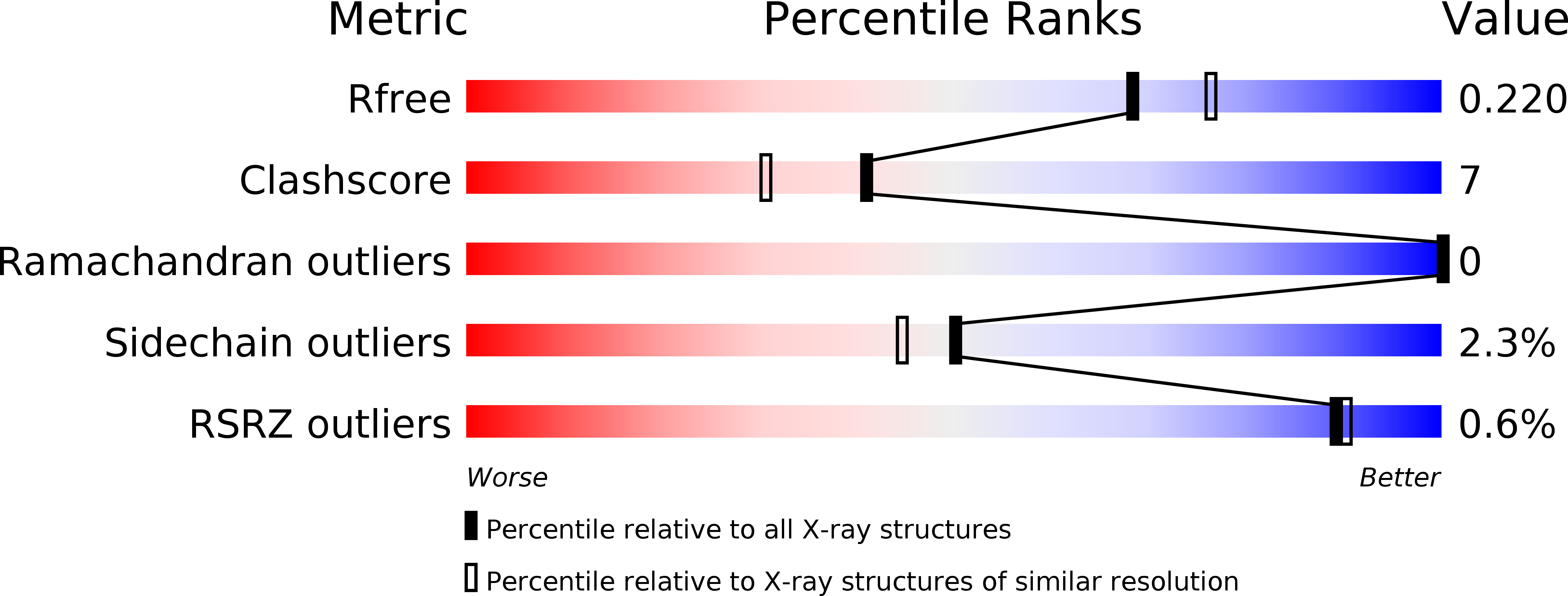
Deposition Date
2010-08-04
Release Date
2011-07-06
Last Version Date
2023-09-06
Entry Detail
PDB ID:
3O9P
Keywords:
Title:
The structure of the Escherichia coli murein tripeptide binding protein MppA
Biological Source:
Source Organism:
Escherichia coli (Taxon ID: 562)
Host Organism:
Method Details:
Experimental Method:
Resolution:
2.07 Å
R-Value Free:
0.21
R-Value Work:
0.17
R-Value Observed:
0.17
Space Group:
P 6


